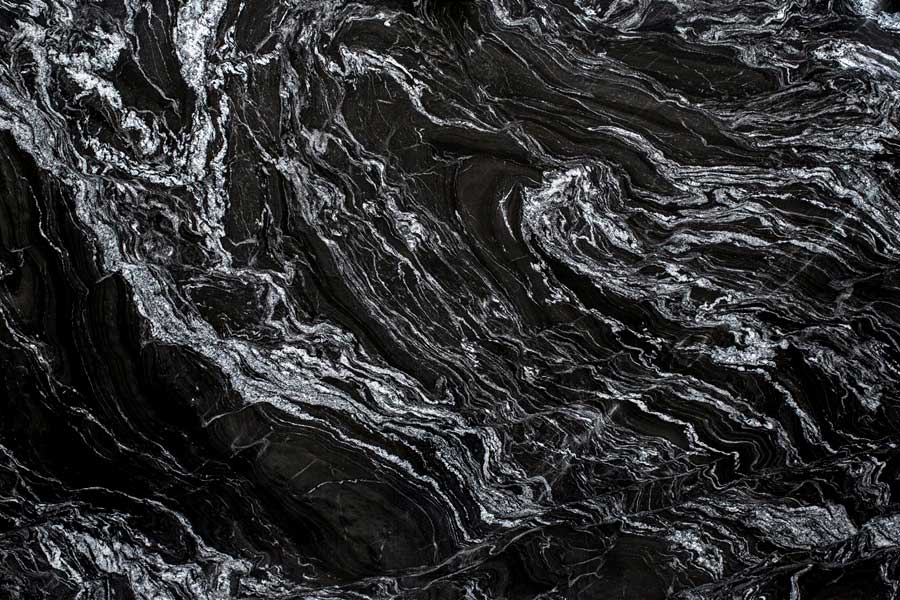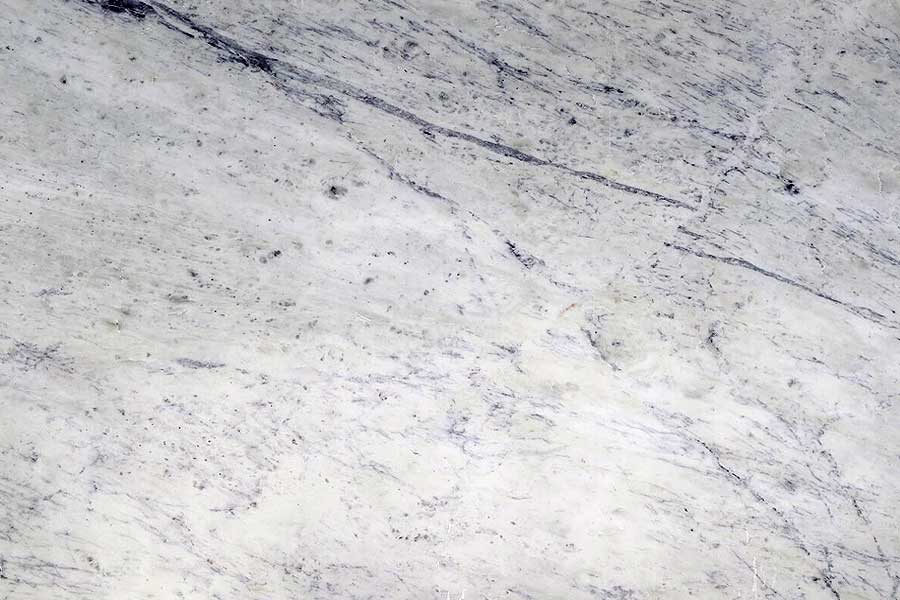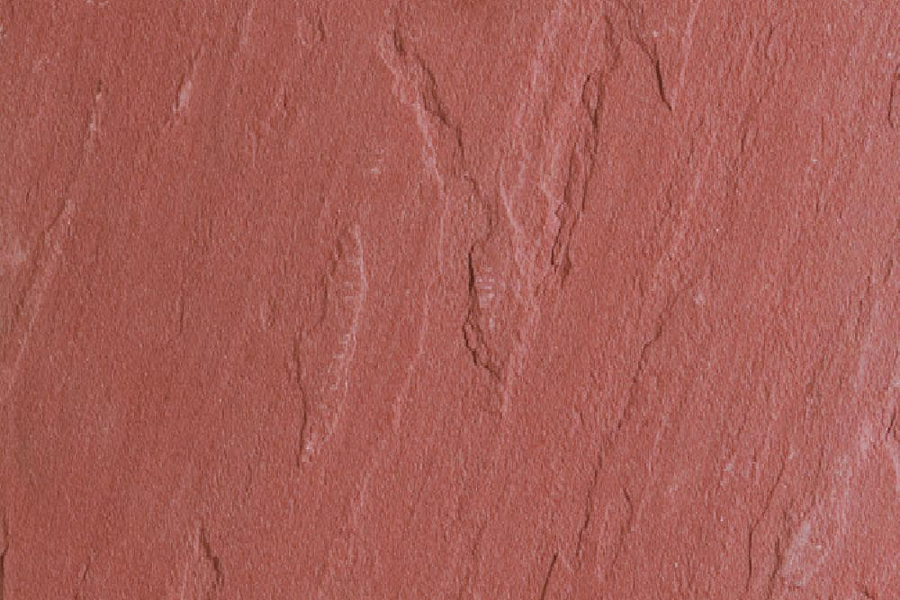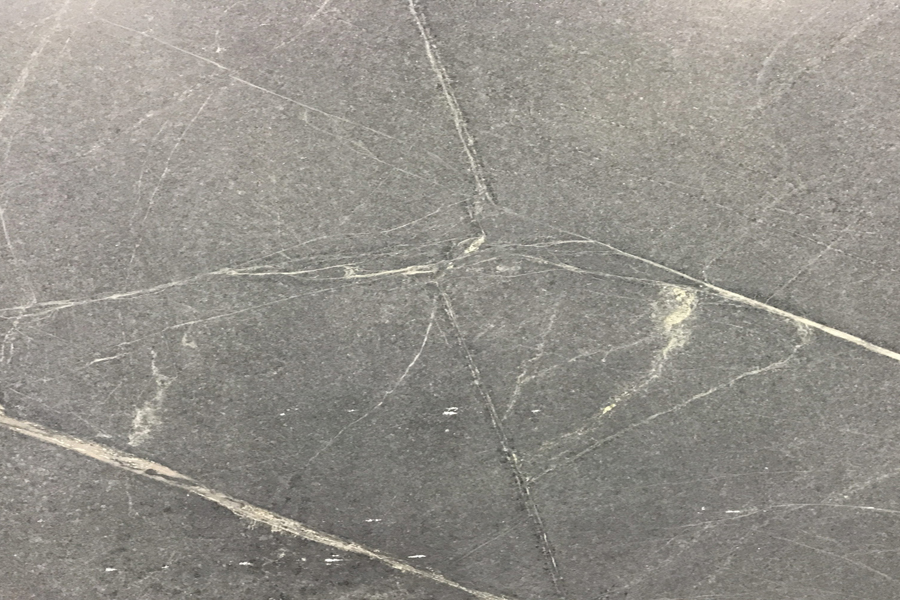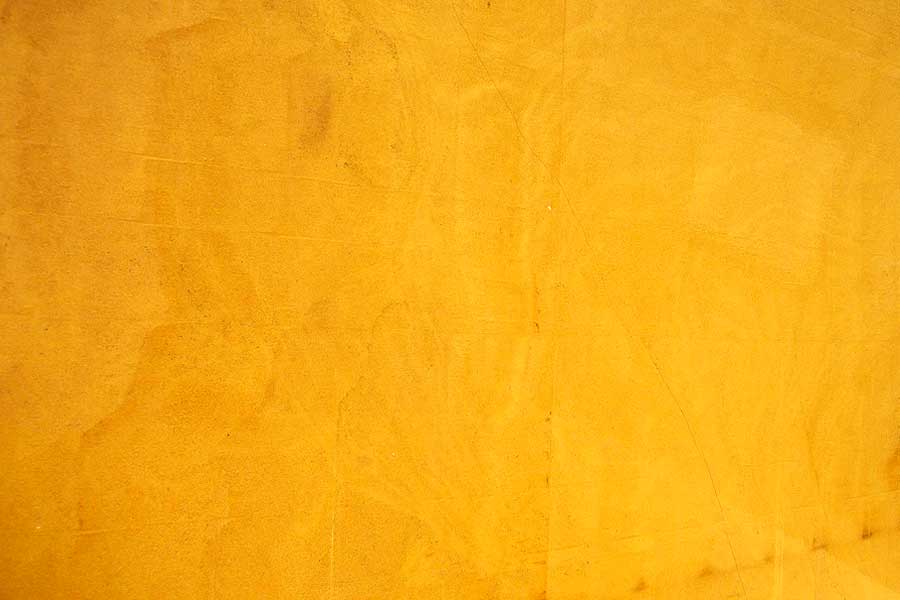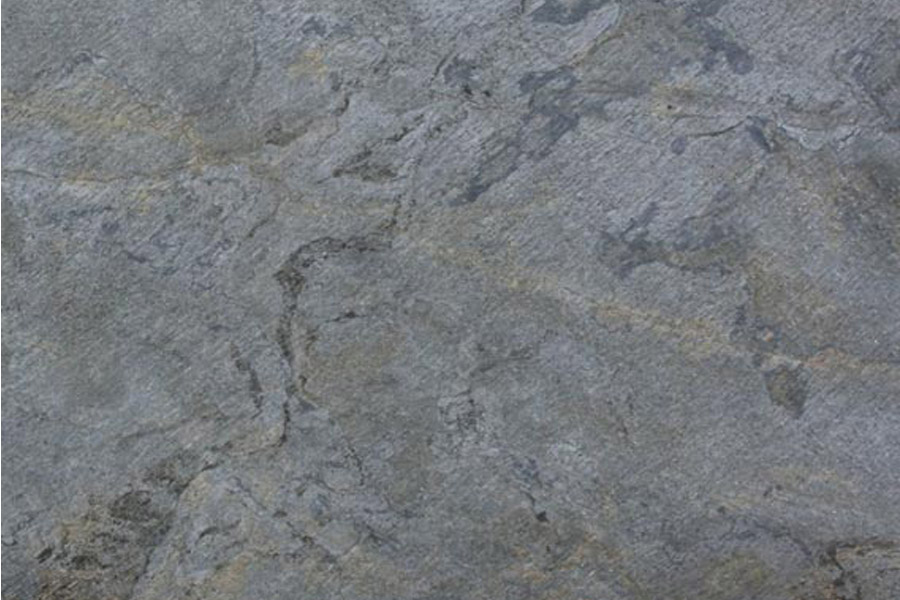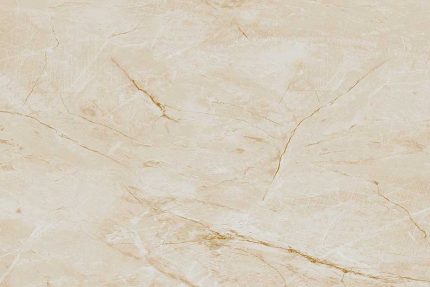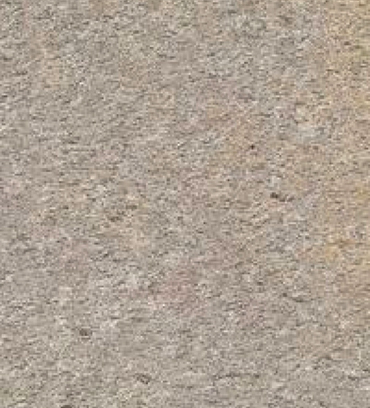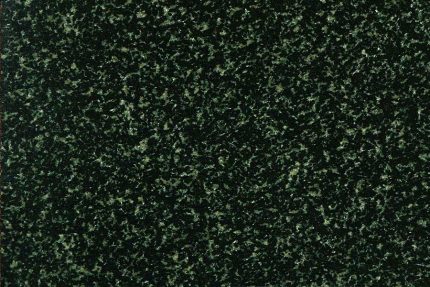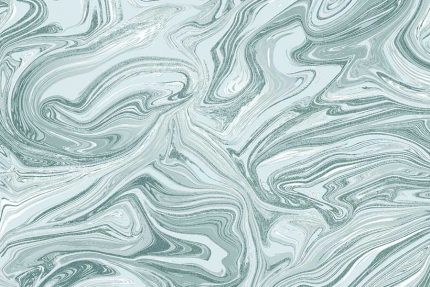GOLD GREEN Stone Veneer
Gold Green Stone Veneer is a natural stone veneer material, new to many architects, designers, and installers familiar with historically thicker ceramic or real stone tiles. If you like new ideas and materials you are welcome to review all the information in these pages which are designed to help the beginner and professional begin and complete your next project.
Gold Leaf
Gold Leaf Sandstones is very popular in the world because it has been used in Indian historical places like Agra Fort and Delhi Fort. These stones are very exclusive looking and are always liked by visitors. We trim these stones regularly in our respective factories along with tiles, slabs and all exterior and interior products.
GOLDEN CRYSTAL
We are the manufacturer and the exporter. Our Granite comes in all sizes, thickness, and finishes as per the client’s requirement. This granite is available in both slabs and tiles to allow for creative and coordinated installations. This durable granite is suitable for both interior and exterior projects and recommended for granite countertops, accent walls, backsplashes, cladding, floors, and other features.
Golden Era
GOLDEN Stone Veneer
Golden Stone Veneer is a natural stone veneer material, new to many architects, designers, and installers familiar with historically thicker ceramic or real stone tiles. If you like new ideas and materials you are welcome to review all the information in these pages which are designed to help the beginner and professional begin and complete your next project.
Green Slatestone
Green Slatestone is a fine-grained metamorphic rock that shows no obvious compositional layering, but can easily be split into thin slabs and plates. It is usually formed by low-grade regional metamorphism of mudrock. This is in contrast to the silky cleaved surfaces of phyllite, which is the next higher grade of metamorphic rock derived from mudstone. The direction of cleavage is independent of any sedimentary structures in the original mudrock, reflecting instead the direction of regional compression.
Grey Slatestone
Grey Slatestone is a fine-grained metamorphic rock that shows no obvious compositional layering, but can easily be split into thin slabs and plates. It is usually formed by low-grade regional metamorphism of mudrock. This is in contrast to the silky cleaved surfaces of phyllite, which is the next higher grade of metamorphic rock derived from mudstone. The direction of cleavage is independent of any sedimentary structures in the original mudrock, reflecting instead the direction of regional compression.
HASSAN GREEN
We are the manufacturer and the exporter. Our Granite comes in all sizes, thickness, and finishes as per the client’s requirement. This granite is available in both slabs and tiles to allow for creative and coordinated installations. This durable granite is suitable for both interior and exterior projects and recommended for granite countertops, accent walls, backsplashes, cladding, floors, and other features.
HIMALAYAN BLUE
We are the manufacturer and the exporter. Our Granite comes in all sizes, thickness, and finishes as per the client’s requirement. This granite is available in both slabs and tiles to allow for creative and coordinated installations. This durable granite is suitable for both interior and exterior projects and recommended for granite countertops, accent walls, backsplashes, cladding, floors, and other features.
HM Onyx
Honed Slatestone
Honed Slatestone is a fine-grained metamorphic rock that shows no obvious compositional layering, but can easily be split into thin slabs and plates. It is usually formed by low-grade regional metamorphism of mudrock. This is in contrast to the silky cleaved surfaces of phyllite, which is the next higher grade of metamorphic rock derived from mudstone. The direction of cleavage is independent of any sedimentary structures in the original mudrock, reflecting instead the direction of regional compression.
Hudson Slatestone
Hudson Slatestone is a fine-grained metamorphic rock that shows no obvious compositional layering, but can easily be split into thin slabs and plates. It is usually formed by low-grade regional metamorphism of mudrock. This is in contrast to the silky cleaved surfaces of phyllite, which is the next higher grade of metamorphic rock derived from mudstone. The direction of cleavage is independent of any sedimentary structures in the original mudrock, reflecting instead the direction of regional compression.


